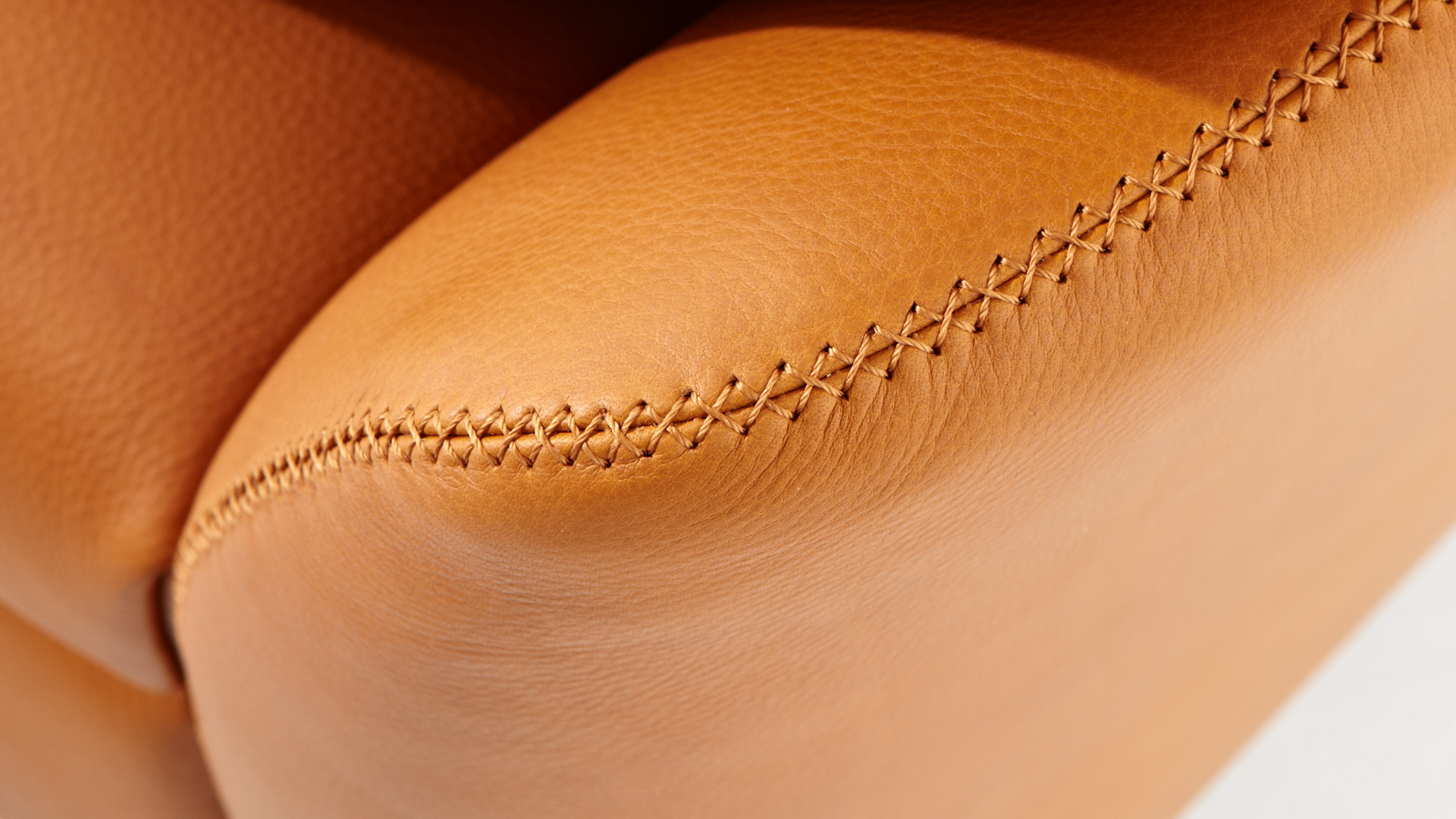From hide to leather
Leather making is done primarily in Italy where the world's best tanneries can be found. But also in South Germany can be found many renowned company. They ensure that a byproduct of the meat production is a high-quality consumer good. This is based on the careful selection of raw hides and skins to leather in highly complex processes finished in several weeks.
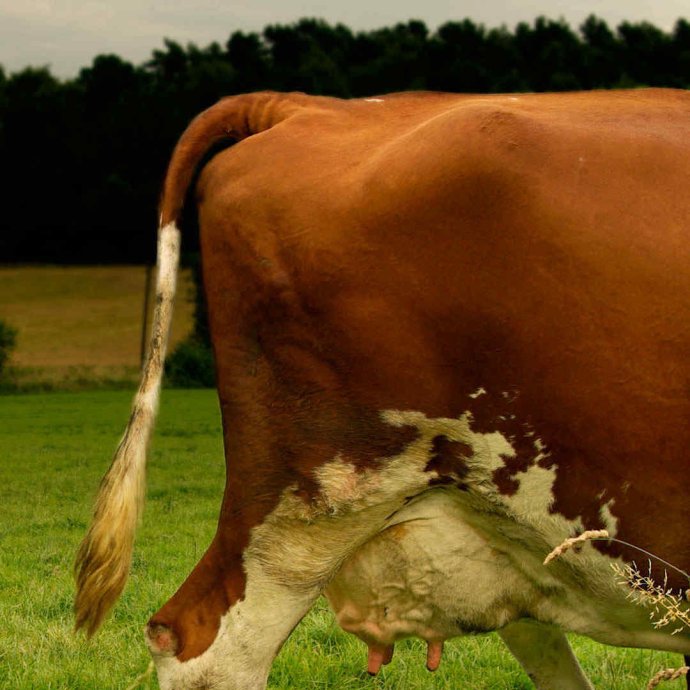
Raw hides
Hides of different races and countries of origin are used depending on the demands on the material to be made. Most of KOINOR's leather comes form properly raised cattle from Europe since the animals often grow up in a stall and are fed approprately. The best quality of leather is made form these animals. As large an area as possible, with good skin structure and only a few natural characteristics (folds of fat, scars, etc.).
Things are different for the cattle in South America. The animals there roam free and grow up under totally different conditions. This is the reason that life's traces (e.g., scars from being cought in hedges, insect bites or traces of the last fight, and so on which are totally natural for the skin and but also show up in the leather, of course) are found much more frequently and in greater variety.
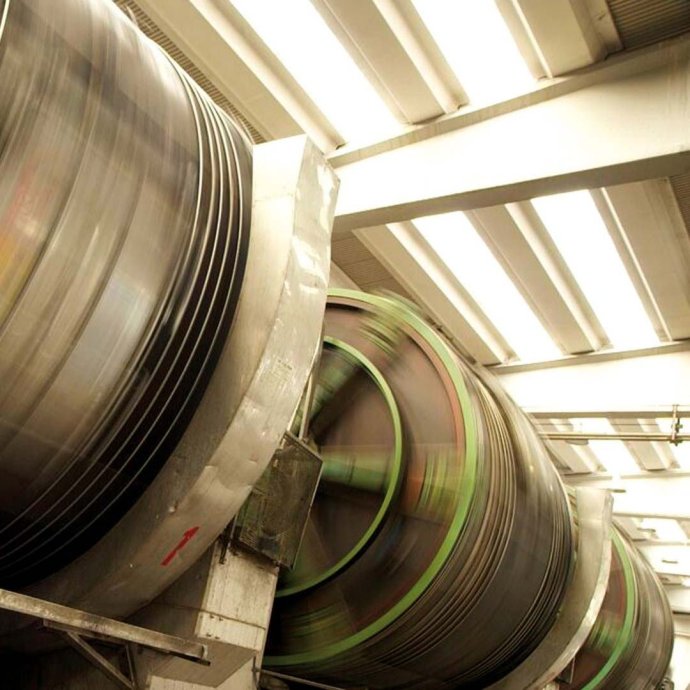
Water treatment shop
First, the cow hide must be mechanically freed from impurities, flesh and hair. This involves a whole series of steps in the so-called water treatment shop in which the raw hides are prepared for the actual leather making. Characteristic are many washing processes in large drums or barrels.
The hide of a heavy bull is at least 8mm thick. Since that is too thick for leather and, in additon, you want uniformly thick leather, the hides are skived over the entire area.
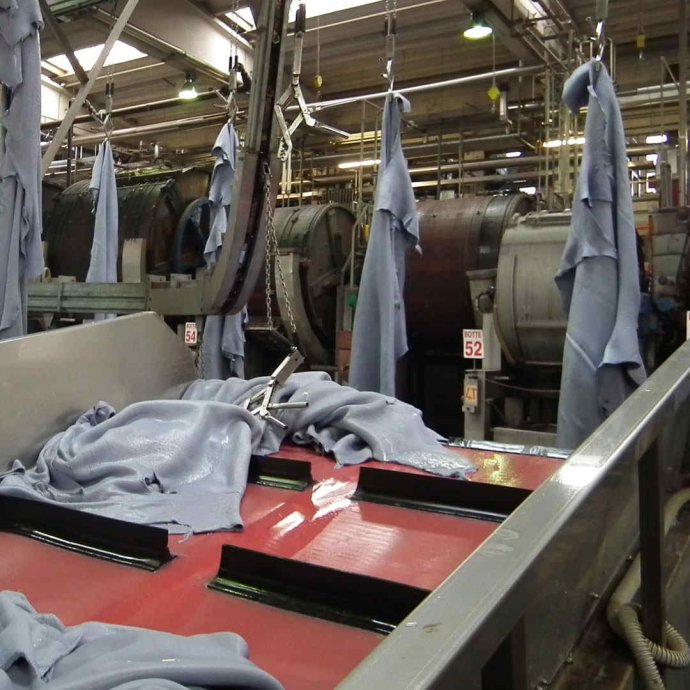
Tannery
The main leather processing procedure now begins - tanning. Animal hides are now permanently conserved during a chemical process. Various tanning agents are placed on the skin which networks the fibers. The animal hide becomes resistant to water, temperature and decay. Many of the leathers are minerally tanned. Economic importance has only the chrome tanning. As an interim after tanning, the "Wet-Blue" occur.
Many of the high-quality Koinor-leathers were originally tanned with raw plant materials: with tannins from the South American Tara-pod. Meanwhile, although many of our leathers are tanned with mineral metal salts, but the name stays the same. "Tara" is and remains the marking for high-quality Koinor-leather.
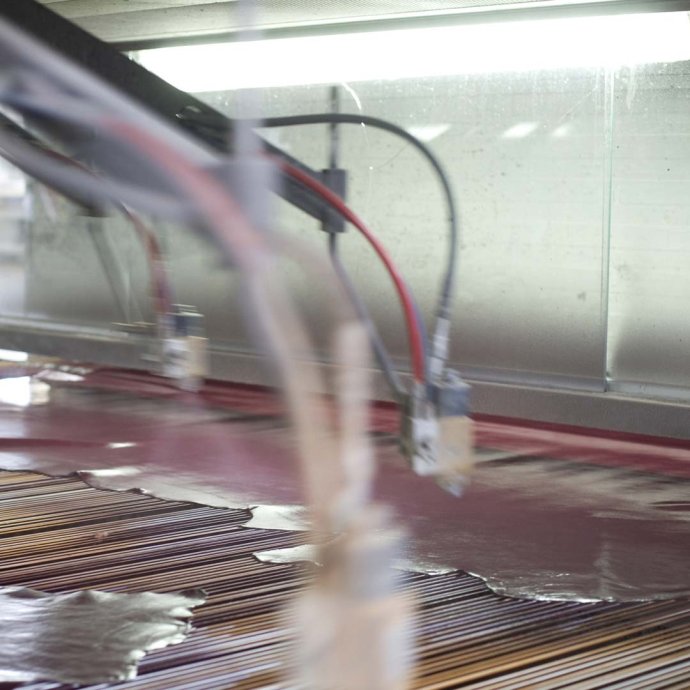
Finishing
But it is still not a usable product. The leather is still lacking important characteristics. It must be "dressed" and its fell and look must be further refinde.
Is the leather to be soft or somewhat firmer? Should it receive a special structure? And what color will it get? Should the natural surface be completely retained or should additional pigments be applied for protection?

